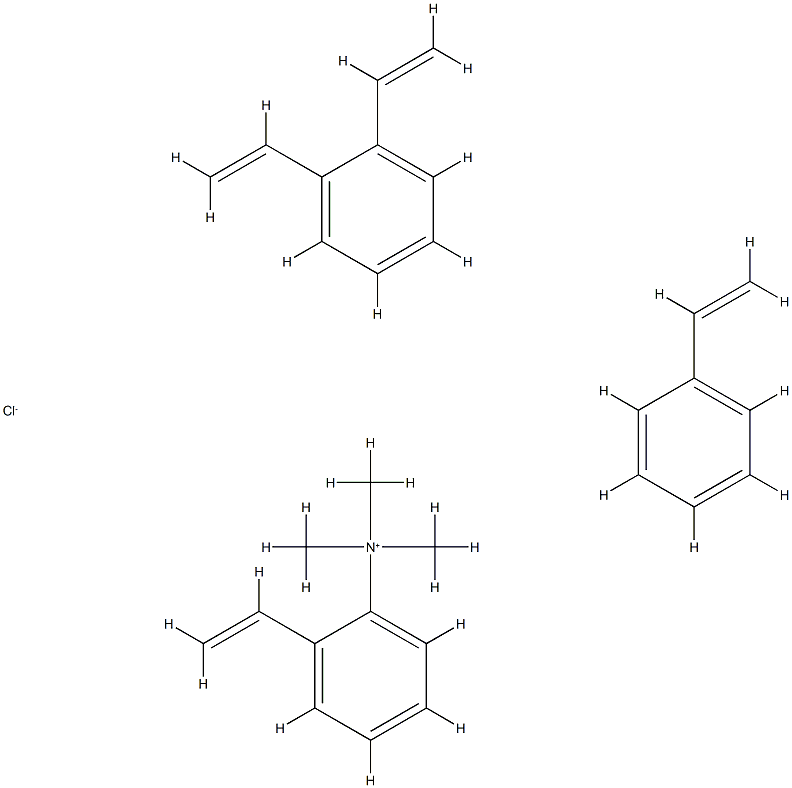POLYAMIDE 6 HPLC 0.005-0.020MM (5-20UM)&
- CAS NO.:63428-83-1
- Empirical Formula: H2OSi
- Molecular Weight: 46.10078
- MDL number: MFCD00217747
- EINECS: 613-218-1
- SAFETY DATA SHEET (SDS)
- Update Date: 2023-04-23 13:52:06

What is POLYAMIDE 6 HPLC 0.005-0.020MM (5-20UM)&?
Chemical properties
d 1.18 g cm-2
Chemical properties
Most nylons exhibit a combination of high melting point, high strength, impact resistance, wear resistance, chemical inertness, and a low coefficient of friction.
History
The first nylon developed (type 6/6) was discovered in 1938 by W. H. Carothers.
The Uses of POLYAMIDE 6 HPLC 0.005-0.020MM (5-20UM)&
Tire cord; hosiery; wearing apparel component; bristles for toothbrushes, hairbrushes, paint brushes (nylon 610); cordage and towlines for gliders; fish nets and lines; tennis rackets; rugs and carpets; molded products; turf for athletic fields; parachutes; composites; sails; automotive upholstery; film; gears and bearings; wire insulation; surgical sutures; artificial blood vessels; metal coating;pen tips; osmotic membranes; fuel tanks for automobiles.
The Uses of POLYAMIDE 6 HPLC 0.005-0.020MM (5-20UM)&
nylons have filled an important role for industry and the consumer in various formulations, shapes, and forms, e.g., oriented fibers, which are subsequently processed into fabrics, fishing line, and other monofilament uses; injection-molded nylons, used as bearings, gears, and other parts subjected to wear and impact; extruded nylon tubing and hose, used in large quantity because of its chemical inertness, high strength, and flexibility; oriented nylon strip used as strapping for packaging, displacing traditional steel strapping; and heavy cast-nylon parts, frequently used in the textile, paper-making, and bottle-handling fields.
Definition
Generic name for a family of polyamide polymers characterized by the presence of the amide group –CONH. By far the most important are nylon 66 (75% of U.S. consumption) and nylon 6 (25% of U.S. consumption). Except for slight difference in melting points, the properties of the two forms are almost identical, though their chemical derivations are quite different. Other types are nylons 4, 9, 11, and 12 (see Grade).
Safety Profile
Questionable carcinogen withexperimental tumorigenic data by implant. Reacts violentlywith F2. When heated to decomposition it emits toxicfumes of NOx
Properties and Applications
Polyamides thermoplastics are prepared by condensation by reacting a carboxylic acid (i.e., RCOOH) and an amine (i.e., R'NH2 ) giving off water. Hence, the basic monomer unit in polyamides is [—NH—(CH2 )2 —CO—]n. These resins are well known under the common trade name Nylon®. Owing to the wide diversity of different additives or copolymer as starting materials, there are several commercial grades of nylon resins available. each of them with particular properties. The main grades are nylon®6 and nylon®66, these being the two grades having the highest strength. Industrially, nylon 6 is obtained in a batch process by mixing caprolactam, water and ethanoic acid in a reaction vessel heated under inert nitrogen atmosphere at 230°C, while nylon 66 is prepared from adiponitrile, itself obtained from butadiene or propylene, which is converted into hexamethylene diamine (HMD). HMD is then reacted with adipic acid to yield nylon by a condensation reaction.
Properties of POLYAMIDE 6 HPLC 0.005-0.020MM (5-20UM)&
| color | Crystalline solid |
| EPA Substance Registry System | Polyamides (63428-83-1) |
Safety information for POLYAMIDE 6 HPLC 0.005-0.020MM (5-20UM)&
Computed Descriptors for POLYAMIDE 6 HPLC 0.005-0.020MM (5-20UM)&
New Products
4-AMINO-TETRAHYDRO-PYRAN-4-CARBOXYLIC ACID HCL 4-(Dimethylamino)tetrahydro-2H-pyran-4-carbonitrile 4-AMINO-TETRAHYDRO-PYRAN-4-CARBOXYLIC ACID 4-Aminotetrahydropyran-4-carbonitrile Hydrochloride (R)-3-Aminobutanenitrile Hydrochloride 5-Bromo-2-nitropyridine Nimesulide BP Aceclofenac IP/BP/EP Diclofenac Sodium IP/BP/EP/USP Mefenamic Acid IP/BP/EP/USP Ornidazole IP Diclofenac Potassium 3-Bromopyrazole (3aR,4R,5R,6aS)-hexahydro-5-Triethyl silyloxy-4-((E)-3-oxo-5-phenylpent-1- enyl)cyclopenta[b]furan-2-one. 1-Chlorocarbonyl-4-piperidinopiperidine 1-Bromo-4-phenyl-2-Butanone 4-Amino-2-fluoro-N-methylbenzamide 1,1'-Carbonyldiimidazole SODIUM AAS SOLUTION ZINC AAS SOLUTION BUFFER SOLUTION PH 10.0(BORATE) GOOCH CRUCIBLE SINTERED AQUANIL 5 BERYLLIUM AAS SOLUTIONRelated products of tetrahydrofuran
You may like
-
 Polyamide, for column chromatography, 6 CAS 63428-83-1View Details
Polyamide, for column chromatography, 6 CAS 63428-83-1View Details
63428-83-1 -
 Polyamide, for chromatography CAS 63428-83-1View Details
Polyamide, for chromatography CAS 63428-83-1View Details
63428-83-1 -
 Polyamide CAS 63428-83-1View Details
Polyamide CAS 63428-83-1View Details
63428-83-1 -
![Dimethyl [2-oxo-3-[3-(trifluoromethyl)phenoxy]propyl]phosphonate 99%](https://img.chemicalbook.in//Content/image/CP5.jpg) Dimethyl [2-oxo-3-[3-(trifluoromethyl)phenoxy]propyl]phosphonate 99%View Details
Dimethyl [2-oxo-3-[3-(trifluoromethyl)phenoxy]propyl]phosphonate 99%View Details
54094-19-8 -
 85-81-4 99%View Details
85-81-4 99%View Details
85-81-4 -
![208111-98-2 (3aR,4R,5R,6aS)-5-(Benzoyloxy)hexahydro-4-[(1E)-3-oxo-4-[3-(trifluoromethyl)phenoxy]-1-buten- 1-yl]-2H-cyclopenta[b]furan-2-one 99%](https://img.chemicalbook.in//Content/image/CP5.jpg) 208111-98-2 (3aR,4R,5R,6aS)-5-(Benzoyloxy)hexahydro-4-[(1E)-3-oxo-4-[3-(trifluoromethyl)phenoxy]-1-buten- 1-yl]-2H-cyclopenta[b]furan-2-one 99%View Details
208111-98-2 (3aR,4R,5R,6aS)-5-(Benzoyloxy)hexahydro-4-[(1E)-3-oxo-4-[3-(trifluoromethyl)phenoxy]-1-buten- 1-yl]-2H-cyclopenta[b]furan-2-one 99%View Details
208111-98-2 -
 2033-24-1 99%View Details
2033-24-1 99%View Details
2033-24-1 -
 Meldrums acid 2033-24-1 99%View Details
Meldrums acid 2033-24-1 99%View Details
2033-24-1

